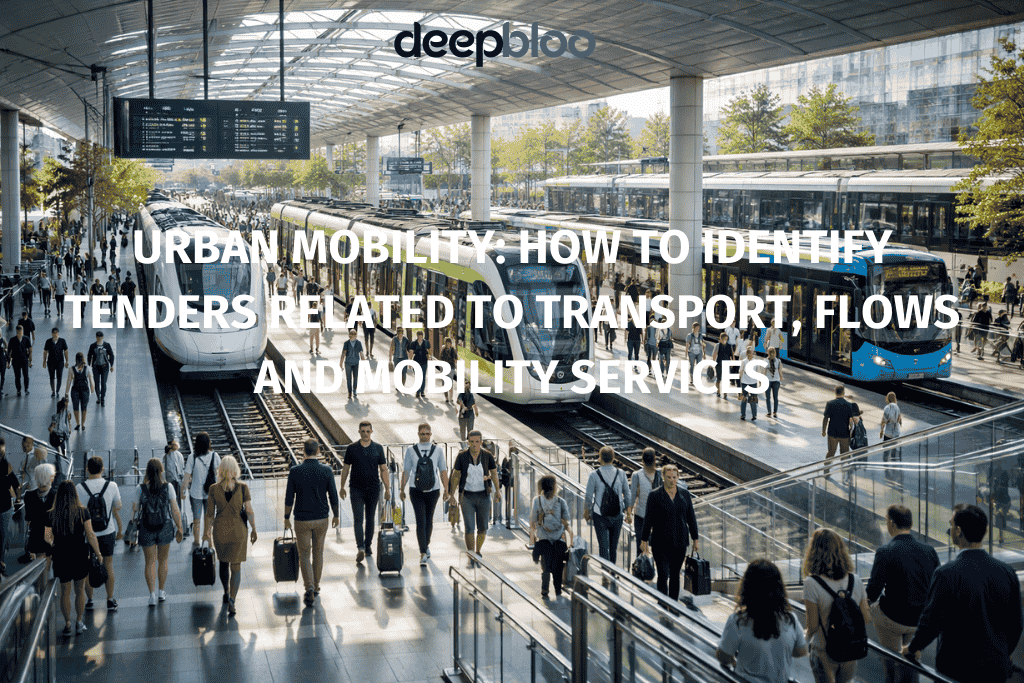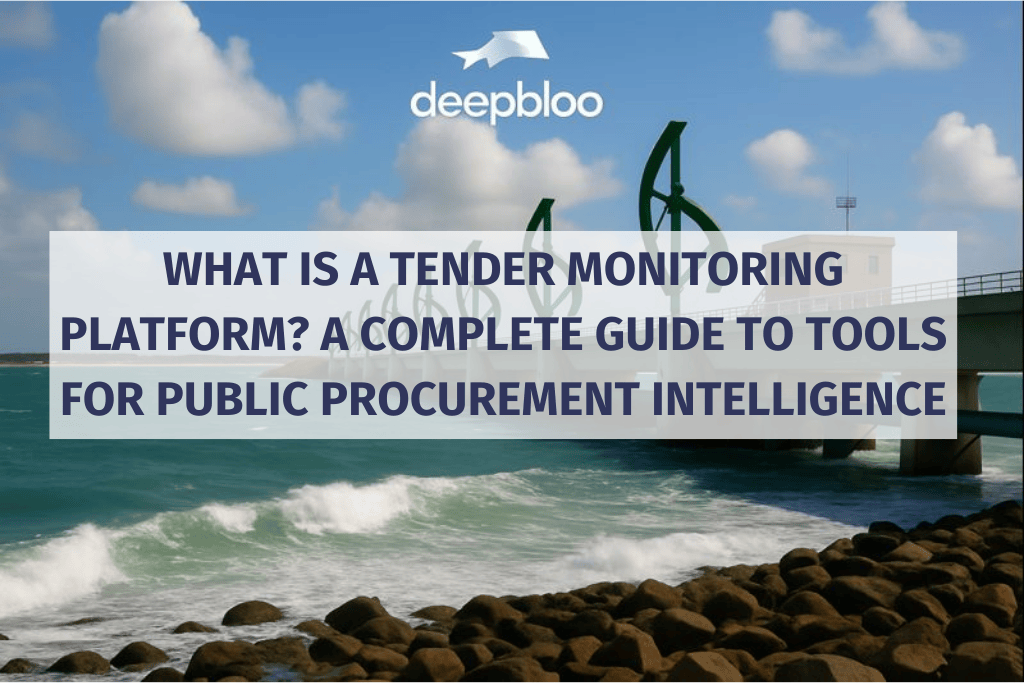How to improve energy access?



The International Energy Agency defines initial electricity access as 250 kWh per year for rural households and 500 kWh for urban households, projecting that this base level increases to 750 kWh per person by 2030. That’s about two orders of magnitude less than the average American consumes on a yearly basis.
As most basic as it would sound, access to electricity simply means being able to harness the richness of power that has been generated to meet specific demands, when needed. I included “when needed” in that simple definition because the problem of energy hasn’t been just about the low generating output, but the unavailability of the energy when it is needed, which can be caused by poor distribution. For us to really be confident in whatever access to energy we have, we must be able to get it, when we need it.
In this write up are a few problems that have hindered the effective utilization of harvested energy and some possible solutions.
Electricity access refers to the percentage of people in a given area that have relatively simple, stable access to electricity. It can be referred to the “electrification rate”.THE ENERGY EDUCATION
It can also be seen as when households have access to sufficient electricity to power a basic bundle of energy services at a minimum cost. In increasing the accessibility of energy to areas of deficiency, a lot of factors have to be considered. They include high connection costs, unreliable or unavailable grid electricity, low population density (especially in rural areas), high leakage rates, high operational costs that pose challenges for utilities and consumers ability to pay, low demand from productive users, and lack of investment.
Governing Policies
Taking a review of the current governmental policies guiding the energy sector, it can be said that some of these policies have hindered massively the extensive growth of the energy sector. Indeed, growth in the energy sector would entail that access to electricity by people and beneficiaries becomes less of a huddle. According to a research study, the government’s policies for over 50 years now have been favouring monopoly in the power generation, transmission, distribution and sales. These policies have supported a full and monopolistic control of power and generation supply. However, new policies have to be established to support the exploration of this sector by private individuals. This would lead to a very competitive market with side effects of better energy to the people.
A good command of the governing bodies in ensuring electricity access would be to determine the measures and conditions of electrification, who benefits from these efforts, and the affordability of electricity access by beneficiaries. For consumers within the reach of the central grid, a key affordability challenge is the cost of connecting to the grid. In sub-saharan africa, connection charges are the greatest drawbacks to a successful connection. The government and her policies may come in, to inject subsidies to enable reduced costs for new installation and connections. Subsidies may also be offered to reduce tariff burdens, thereby improving accessibility.
Efficiency in Power generation, transmission and distribution
According to the Minister of Power, Works and Housing in an interview in 2018, he stated that Nigeria has the capacity to generate over 7000MW. Unfortunately, only about 5000MW goes to the national grid for distribution. Though we have an excess in the power being generated, it is poorly harnessed due to the inefficient infrastructure for distribution. For a country like Nigeria struggling to distribute the generated 7000MW, to over 150 million consumers, access to electricity would be limited compared to a country like South Africa generating about 51000MW for 57 million consumers, or Brazil generating 137000MW for about 211 million consumers.
Energy access in a nutshell, really boils down to our generating capacity, transmission and efficient distribution of that generated power. To be able to fit the terms of energy access for every individuals, power ought to be generated not just to match the immediate needs, but in excess to cater for up coming demands. And so improving energy access to deficient areas like Nigeria, full utilization of all forms of power generation must done, i.e wind energy, solar, hydro etc. especially clean energy.
Competent workforce
This is a general Nigerian problem where companies, especially government firms, employ workers not based on merit and competence but on favoritism and tribalism. As a consequence, no government company in Nigeria that requires workers with professional and technical competence has ever succeeded. Indeed, NEPA and PHCN had staff, majority of which were employed through the back door and therefore, the only thing they seemed to know was how to climb electric poles and cut cables.
On November 5, 2013, Nigerians rejoiced as government handed over generation, transmission and distribution of electricity to private companies. At least Nigerians believed that with the private ownership of these companies, the companies would immediately hire competent staff that will work towards the growth and betterment of the system. However, six months after, Nigerians from all walks of life continue to grumble that power supply has gone from bad to worse (Ukoko et al, 2014). These new companies still retain the old incompetent staff of NEPA and PHCN for reasons best known to them.
Emerging Technologies
These are only a nutshell of problems that have impeded the growth of the energy sector in Nigeria and in a wider scope of Africa. However, emerging technologies are presenting themselves as viable alternatives to our present source of electricity which would present easier and more efficient ways of providing energy to individuals. Technologies like solar technology, particularly mini-grids are a viable possibility for scaling up electricity access in areas where grid connections are limited. These technologies are not just emerging, but new policies are being formulated to rationalize the electricity pricing, reduce regulatory barriers that limit private sector investments in grid or off-grid power production, making utility operations more efficient and providing better opportunities for investors.
Energy Efficiency
Innovative practices of demand estimation based on consumer data allow energy planners and service providers to incorporate energy efficiency and demand-side management into forecasting and subsequent generation-capacity planning. These practices through effective energy planning, customers are able to do more with less electricity. This is critical because most people without electricity access live in electricity constrained environments.
Supply and Demand side efficiency
Poor supply-side efficiency can result in significant depletion of the electricity that is ultimately available to end consumers and can lead to higher electricity costs. Most developing countries with low electricity budgets usually invest in power plants with very low efficiencies due to the generally lower upfront costs of such options. In addition, old and poorly maintained transmission and distribution infrastructure may also result in significant transmission and distribution losses, further reducing the electricity available to consumers. The budget for maintenance by the government and all stakeholders in the energy sector must place much emphasis on the maintenance of these infrastructure as its efficiency is directly linked to the access of the consumers. Efficiency on the demand side, considering both grid-connected and off-grid consumers, would go a long way in ensuring that consumers do more with less. Demand-side measures focus on reducing the overall electricity demand of consumers.
You can see more country insights here
Written by Oluwaseun Abraham
%20(1).svg)


%20(1).jpg)









.jpeg)
.png)


.png)
.png)



.png)


%20(1).jpg)

